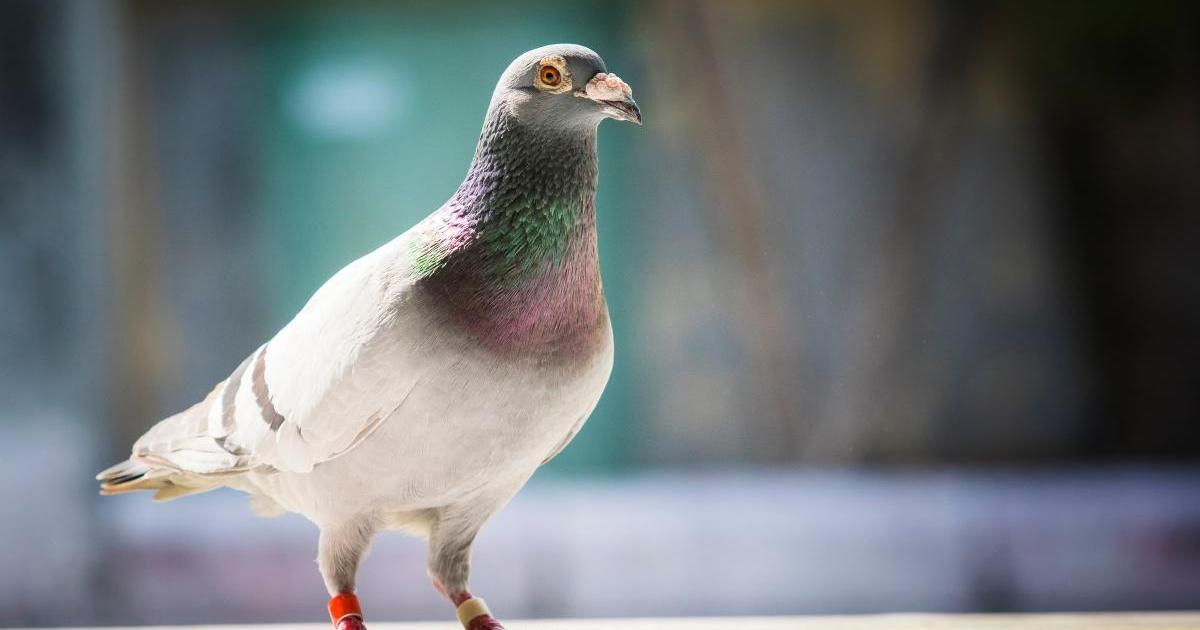Wide-ranging avian restrictions introduced by the agriculture ministry in response to an outbreak of Newcastle disease have been partially lifted, the government said earlier this week. In a notice published in the Government Gazette, the ministry said some of the measures introduced a month earlier had been lifted following the disease being contained and no further cases being reported. Pigeons may once again be raced in Malta, but restrictions from taking them out the country to race remain in place. The ban on birds being taken to markets – whether for sale or not – has been lifted, and birds can once again be sold in pet stores and online. Birds in zoos and parks may again be kept outside and have contact with wild birds, while falconers are now free to let their birds of prey return to the skies. Hatcheries may resume giving away day-old chicks for leisure purposes and poultry products can once again be sold outside of Malta. Poultry licensed farmers are no longer required to store manure on the premises, treat it with quickslime and cover it. Not all restrictions have been lifted, however; birds may not be taken to other EU countries without the written approval of foreign authorities or used in shows or fairs in Malta. Vaccination of both broilers and layers remains mandatory until further notice and a “restricted health mark” must be applied on chicken carcasses intended for local consumption. Authorities will maintain surveillance of “high-risk” poultry farms, including regular inspections. While partially lifting restrictions, the ministry noted that in the event of a new case of Newcastle Disease being detected, they would be reintroduced. The highly contagious virus was reported on two poultry farms last month, with the affected chickens “humanely euthanised” according to EU regulations, while eggs and meat from the infected farms were incinerated. The virus can cause severe respiratory, nervous and digestive symptoms in birds. The virus spreads rapidly in flocks through droppings, secretions and airborne particles. Transmission of the disease to humans is very rare. There is no evidence of any human to human transmission.
